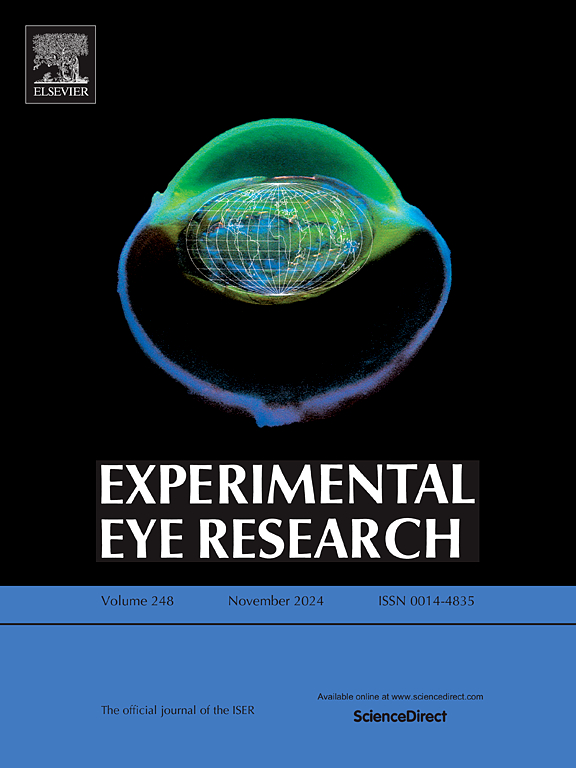Defining spaceflight associated dry eye syndrome (SADES): Mechanisms, complications, and countermeasures
IF 3
2区 医学
Q1 OPHTHALMOLOGY
引用次数: 0
Abstract
There is a high prevalence of dry eye-related symptoms among astronauts during spaceflight. We propose naming this phenomenon: Spaceflight Associated Dry Eye Syndrome (SADES). In this study, we review the potential mechanisms of dry eye in the spaceflight environment, categorizing them into external (radiation, environmental hazards) and microgravity-related (meibum outflow) mechanisms. One key mechanism is that microgravity impedes the secretion of meibum, the primary contributor to the tear film lipid layer. SADES may impact the ocular surface due to the positive feedback loop of inflammation and tear film irregularities. These changes may lead to corneal epithelial defects, keratitis, decreased vision, and an increased potential for corneal thinning and perforation. We discuss available countermeasures to combat SADES, propose a new set of applicable technologies, and review appropriate medications for its prevention and treatment. This topic may be of significant interest to ophthalmologists as many of the established terrestrial mechanisms, diagnosis, and management of dry eye syndrome apply to the extreme environment of spaceflight.
定义航天相关干眼综合征(SADES):机制、并发症和对策
在太空飞行期间,宇航员干眼症的发病率很高。我们建议将这种现象命名为:航天相关干眼综合征(SADES)。本文综述了干眼症在航天环境中的潜在发病机制,并将其分为外因机制(辐射、环境危害)和微重力相关机制(体液流出)。一个关键的机制是,微重力阻碍了泪膜脂质层的主要贡献者——细胞膜的分泌。由于炎症和泪膜不规则性的正反馈循环,SADES可能影响眼表。这些变化可能导致角膜上皮缺损、角膜炎、视力下降以及角膜变薄和穿孔的可能性增加。我们讨论了对抗SADES的可行对策,提出了一套新的适用技术,并综述了预防和治疗SADES的合适药物。这一主题可能引起眼科医生的极大兴趣,因为许多已建立的干眼综合征的地面机制,诊断和管理适用于太空飞行的极端环境。
本文章由计算机程序翻译,如有差异,请以英文原文为准。
求助全文
约1分钟内获得全文
求助全文
来源期刊

Experimental eye research
医学-眼科学
CiteScore
6.80
自引率
5.90%
发文量
323
审稿时长
66 days
期刊介绍:
The primary goal of Experimental Eye Research is to publish original research papers on all aspects of experimental biology of the eye and ocular tissues that seek to define the mechanisms of normal function and/or disease. Studies of ocular tissues that encompass the disciplines of cell biology, developmental biology, genetics, molecular biology, physiology, biochemistry, biophysics, immunology or microbiology are most welcomed. Manuscripts that are purely clinical or in a surgical area of ophthalmology are not appropriate for submission to Experimental Eye Research and if received will be returned without review.
 求助内容:
求助内容: 应助结果提醒方式:
应助结果提醒方式:


